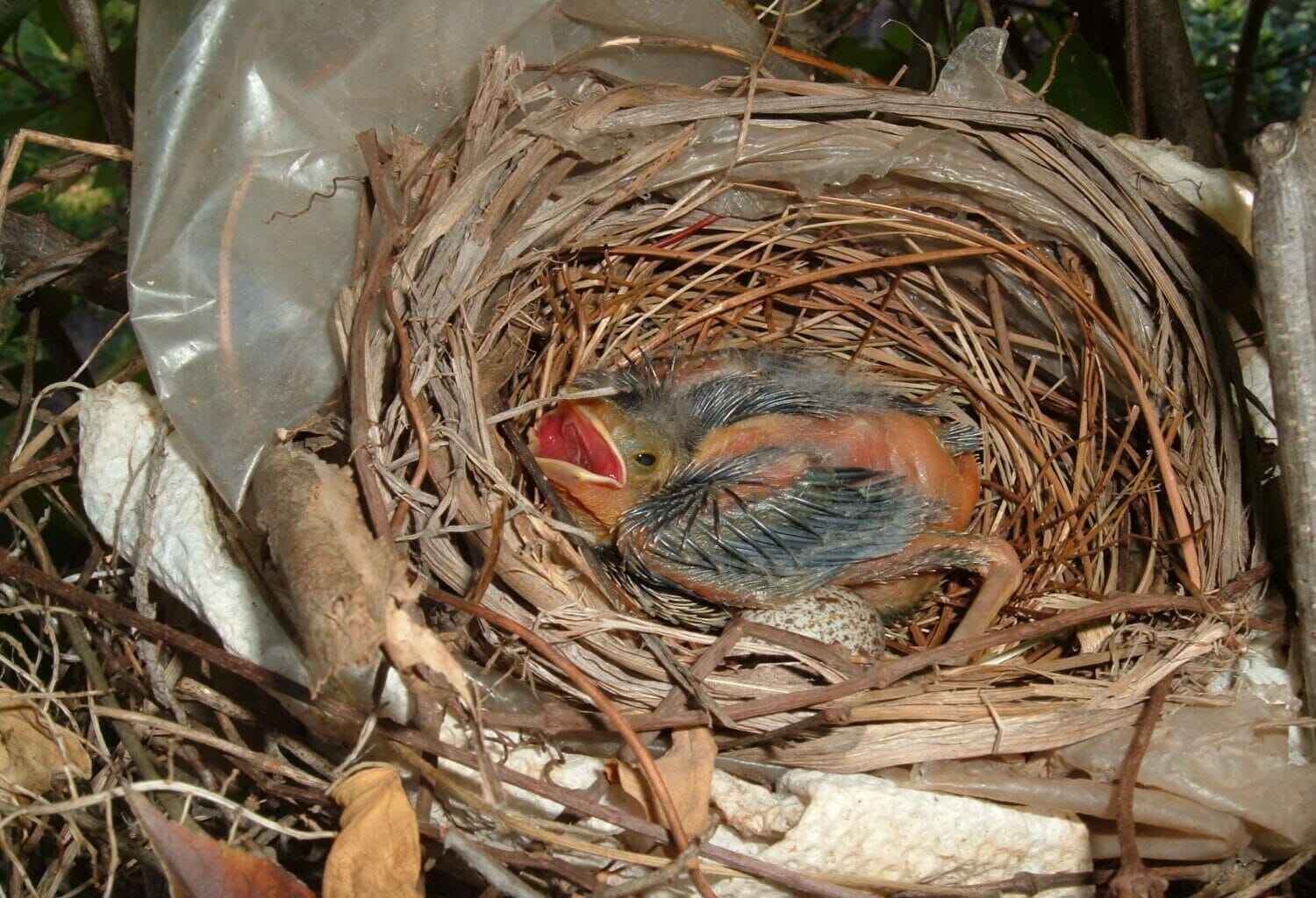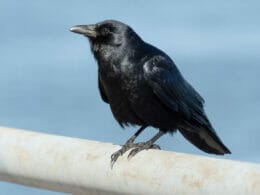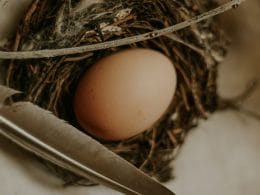Cardinals are a beautiful type of songbird that belong to the family Cardinalidae. They are found in North and South America, and some species have been introduced to other parts of the world.
The Northern Cardinal (Cardinalis cardinalis) is easily recognizable by its bright red plumage, black face, and large crest on its head. They are known for their loud calls and songs, which can be heard throughout the day. They have a wide variety of diet, including seeds, fruits, insects, and even small vertebrates.
As the Northern Cardinal is, by far the most common species of the family, it is this bird that will be investigating.

Nest location
Cardinals typically nest in shrubs, trees, or thickets near the ground. They prefer to build their nests in dense foliage for protection from predators and the elements. However, they will also use man-made structures such as birdhouses, window boxes, and hanging baskets as nesting sites.
The female cardinal builds the nest by weaving together twigs, grasses, leaves, and other materials. The nest is then usually lined with softer materials such as feathers and fur. The female will lay between two and five eggs, which she incubates for 11 to 13 days before they hatch.
Why cardinals build nests
Cardinals build nests to provide a safe and secure environment for their young. The nest provides protection from predators, the elements, and other environmental hazards. The nest also serves as a place for the female cardinal to lay her eggs and incubate them until they hatch.
Building a nest is an important part of the cardinals’ reproductive cycle, as it helps ensure that their offspring will survive long enough to reach adulthood.
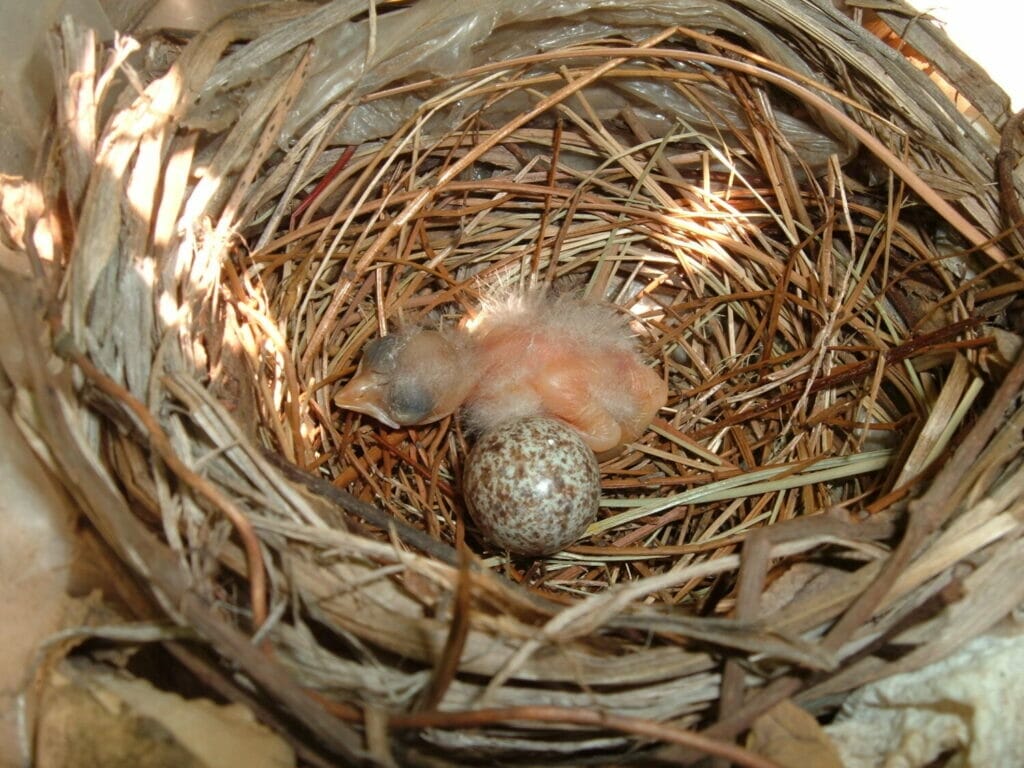
Young nestlings and fledglings
Once the eggs have hatched, the young nestlings will remain in the nest for about two weeks before they are ready to leave. During this time, both parents will feed them a diet of insects and other small invertebrates.
Once the nestlings are old enough to leave the nest, they become fledglings and can begin to explore their surroundings.
The nest
Adult cardinals will continue to use their nests throughout the year. They may use them as a place to rest and hide from predators, or they may use them as a base for foraging for food.
Cardinals are also known to use their nests as a place to store food, such as seeds and berries, which they can access during times of scarcity.
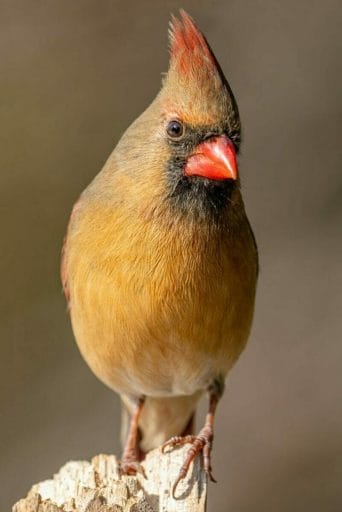
Fledglings
Once the fledglings have left the nest, the parents will continue to feed them for several weeks until they are able to find food on their own.
During this time, it is important to provide a variety of food sources such as birdseed, suet, fruits, and insects. This will help ensure that the young cardinals have enough energy to survive and thrive in their new environment.
Responsibilities
Astonishingly, much like human households, bird families have designated roles. It is the duty of female cardinals to construct their nest; meanwhile, the males observe and safeguard her every time she journeys with new materials for the nest building. In addition to shielding her from other predators, these males also ward off male cardinals in the vicinity.
As the female sits on her eggs and waits for them to hatch, males bring food to her again and again while still guarding against predators entering their space.
Generally speaking, it takes almost two weeks for the eggs to incubate. During this time period, one may hear the male’s call—this is their way of drawing away the female, so they can feed her without leaving eggs or newly-hatched chicks unprotected.
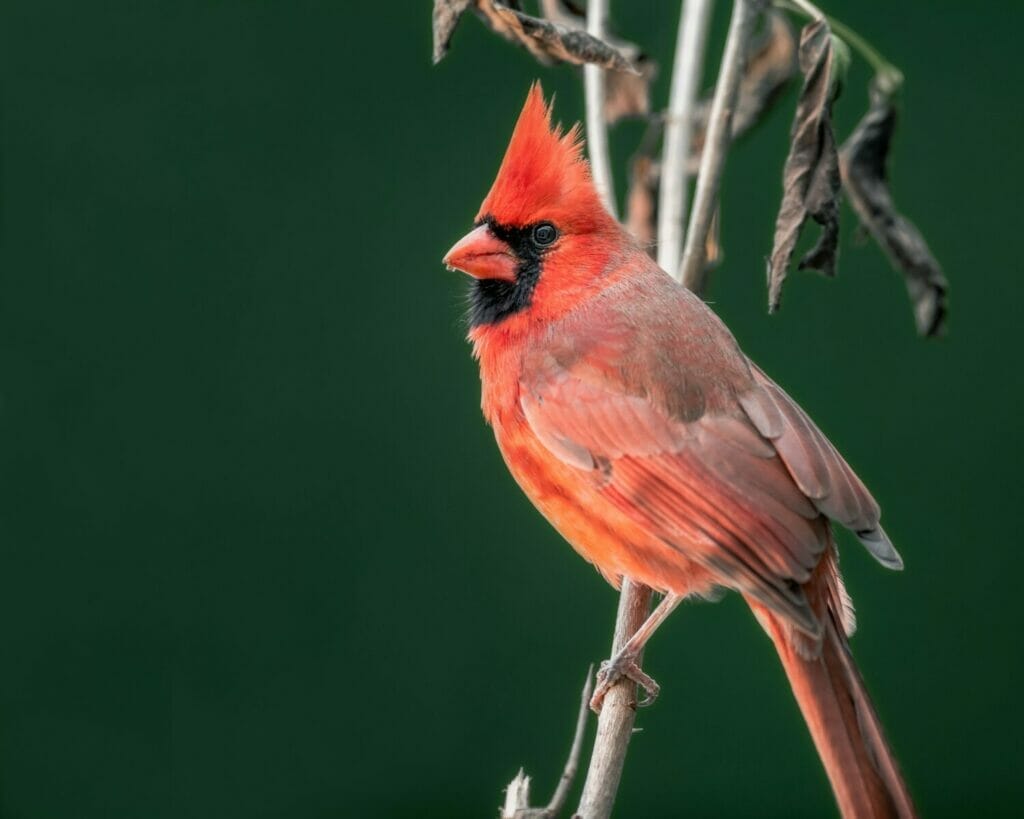
How can I help my cardinals nest?
Cardinals are a beautiful and beneficial addition to any backyard. To help them nest successfully, provide them with a safe and secure nesting site. Plant native shrubs and trees that will provide shelter from predators and the elements.
Nest boxes are a great way to provide shelter and protection for birds, but not all species use them. Northern Cardinals are one of those species that do not typically use enclosed nest boxes. However, they may accept an artificial nesting shelf as a nesting platform.
The nest box should be 3-sided or a simple shelf and should be hidden and concealed in a shrubby plant or vine. It is important to place the nest box 4–5 feet high, so it is out of reach from predators, as well as shielded from afternoon sun.
Place birdhouses or window boxes in areas where cardinals are seen regularly. Provide a variety of food sources such as birdseed, suet, fruits, and insects. Finally, keep cats and other predators away from the nesting site to ensure the safety of the cardinals.
It can be tempting to check on the nest often, but it is best to keep it as concealed as possible so that predators don’t eat the eggs or nestlings. If you want to observe the birds, try setting up a bird feeder nearby and watch from afar.
By providing the right kind of shelter and protection for these birds, you can help ensure their safety and success in raising their young.
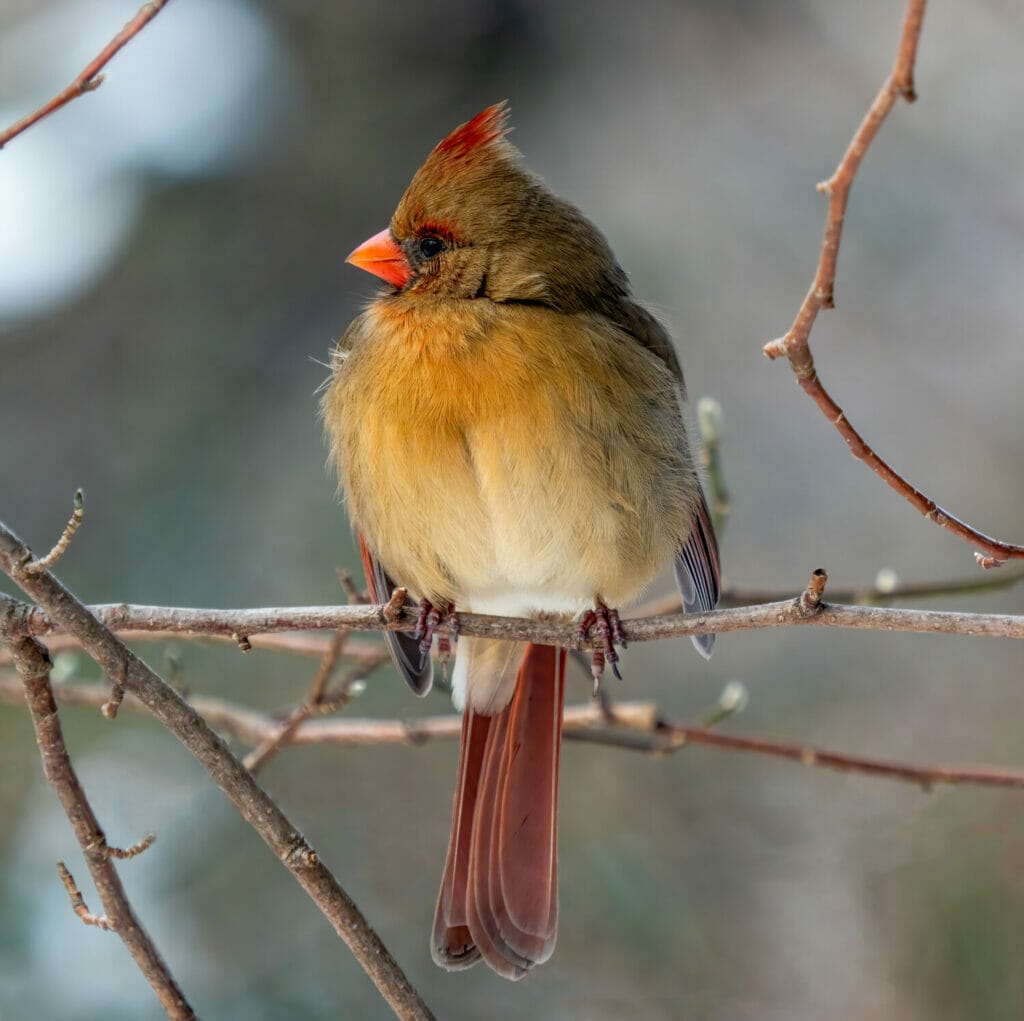
Final Thoughts
Cardinals typically nest in shrubs, trees, or thickets near the ground. They build their nests out of twigs, grasses, and other materials. The nest provides protection from predators, the elements, and other environmental hazards.
Cardinals will also use their nests as a place to rest and hide from predators, or they may use them as a base for foraging for food.
To help cardinals nest successfully in your backyard, provide them with a safe and secure nesting site, a variety of food sources, and keep predators away.
FAQ
As they are not tied up with migrating, Northern Cardinal get started early and can be nesting as early as February and March.
As they nest in late winter/early spring, they are able to have a second brood later on in mid-summer.
Usually people cause them to abandon their nests but basically anything that might lead a predator to a nest.
Like all bird species, if you find a baby bird then try to locate the nest above you. If you can’t see it, or it is out of reach then just leave the chick in a shaded area. The parents will come back for it.




